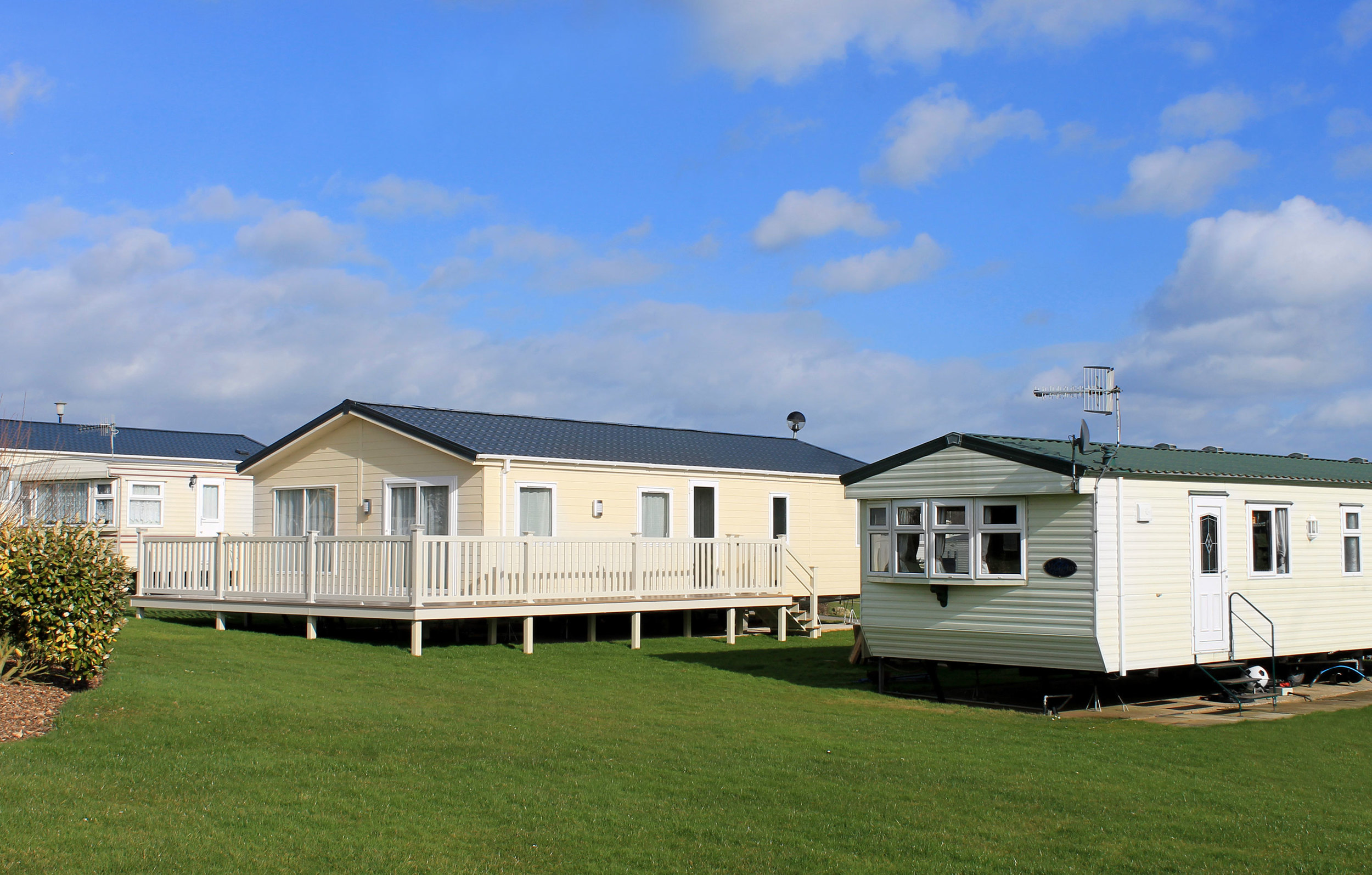Buffer Strip - A parcel of land located between different land uses. The buffer strip may contain specific types and amounts of plants and/or structures needed to minimize conflict between land uses. Example: A park located between a residential and a commercial area.
Building - Any structure that has a roof supported by columns or walls and is intended for shelter, housing or enclosure of people, animals or other property.
Principal Building - The main building on the lot. A connection -- breeze way, porch or carport -- between two buildings, with or without a roof, does not make the two buildings a single, unique building.
Accessory Building - A building that is an addition to, or subordinate to, the principal building and located on the same lot. Example: A garage is an accessory building to your home.
Building Coverage - The horizontal area measured within the perimeter of the exterior walls of the floor most protruding toward the property lines of all principal and accessory buildings on a lot.
Building Permit - A document or certificate issued by a county or city authorizing the construction, enlargement, alteration, moving or demolition of a building or structure.
Carport - A building used for storing your vehicles and which has no enclosure other than its roof and support. Your carport must present only minimal- obstruction of air, light and view.
Certificate of Occupancy - You must get this certificate before you can legally live in your home. It is issued after the final inspection by the county or city building official.
Comprehensive Plan - A plan that gives a complete idea of the present and future developments of the land economics and land policies of a region.
Covenants - A legal means of controlling the structures and/or activities that can be placed on a parcel of land. They are designed to control land in a limited area, such as a subdivision. They are a private land-use restriction, enforced privately by the courts. They typically run with the land, also known as "restrictive covenants" or "deed restrictions."
Cluster Zoning - A development design that relaxes conventional zoning and/or subdivision standards to permit modifying lot sizes and shapes. Cluster zoning concentrates single-family homes in specific areas of an overall tract.
Dwelling - Any building that is used only for humans, including any permitted home occupation but excluding hotels, motels and rooming and boarding houses; a home.
Dwelling Unit - One or more connected rooms which are a separate, independent housekeeping establishment, with provisions for cooling, eating and sleeping, and which are physically set apart from any other rooms or dwelling units in the same structure. Example: Apartments in the same complex.
Easement - A grant by a land owner for the specific use of a strip or parcel of land. Such a grant may be made to and accepted by the general public, a corporation or an individual.
Family - One or more people living together as a single housekeeping unit. Those people may include guests, foster children and domestic servants employed by the homes' inhabitants.
Flood Plain - A land area next to a river, stream or water course which is likely to be flooded. The flood plain for the major streams in a county can be found on the County Flood Plain Map, which is available from the County Administrator or the County/City Engineer.
Floor Area Ratio - The gross floor area of all buildings on a lot, divided by the lot's area.
Lot - A parcel of land designated by a number or other symbol as a part of a legally approved and recorded subdivision or as described by metes and bounds and recorded in the County Probate Office.
Manufactured Home/Mobile Home Community - A parcel of land under single ownership on which two or more manufactured homes are located.
Non-Conforming - This term applies to lots, structures, or uses of land or structures that are unlawful, but which were lawful before passage of a specific ordinance. When non-conforming lots, structures or uses are allowed to remain, they are referred to as being "grand-fathered".
Overlay Zones - Applies to an area in which special requirements are imposed in addition to those already specified in the basic zoning district, often used for historic preservation and flood plain districts.
Owner/Landowner - Any person, firm, corporation or legal entity which has title to, or sufficient proprietary interest, in land sought to be re zoned.
Parks - Lots or parcels of land devoted to recreation. Facilities can range from open landscaped areas to playgrounds.
Planned Unit Development (PUD) - A land area where a variety of housing types and/or related commercial and industrial facilities exist in a pre-planned environment. Standards, such as lot sizes and setbacks, are less restrictive than normal. Approval for such a development requires specific standards in addition to those of a standard Subdivision, such as design principals and landscaping plans.
Plat - A map, plan, or layout that shows the location and boundaries of individual properties and/or facilities.
Right-of-Way - A strip of land occupied or intended to be occupied by a street, crosswalk, railroad, electric transmission line, oil or gas pipeline, water main, sanitary or storm sewer main, shade trees or for another specified use.
Sectional Home - A sectional home consists of two or more units that are built in a factory and taken to the home site where they are put on a permanent foundation and joined to make a permanent, single-family home.
Setback Line - The line indicating the minimum distance permitted between the street right-of-way line and any building and its projections, other than steps, eaves, chimneys, bay windows and fire escapes.
Special Exceptions - Refers to a use that is compatible with and related to the uses that are permitted in a zoning district. Requires additional review and must comply with some additional standards so that it does not have a harmful impact on the surrounding area, also known as conditional uses.
Structure - Anything constructed or created that must be on the ground or attached to the ground, such as mobile homes, travel trailers, signs, mobile signs, and portable signs. This does not include such things as ornamental pools, planting boxes, bird baths, paved surfaces, walkways, driveways, recreational equipment, flag poles and mail boxes.
Subdivision - Any division of a tract or parcel of land in two or more lots, building sites, or other divisions to sell or as a development's includes any land division that involves a new public or private street or changing an existing public or private street, includes re-subdivisions.
Travel Trailer - Any vehicle on wheels, not more than 26 feet long, designed and intended to serve primarily as short-term shelter.
Variance - Modifying the strict terms of an ordinance. This modification does not authorize a principal or accessory use of the property which is not permitted within the zoning district where the property is located.
Yard - Open, unoccupied space on the same lot with a principal building.
Front Yard - Yard situated between the front building line and the front lot line, extending the full width of the lot.
Rear Yard - Yard situated between the rear building line and the rear lot line, extending the full width of the lot.
Side Yard - Yard between a side building line and a side lot line, extending from the front yard to the rear yard.
Zoning Certificate - A certificate from the zoning administrator stating that a proposal to use or occupy a tract of land or building or alter a structure, building or sign fully meets the requirements of the zoning regulations.










